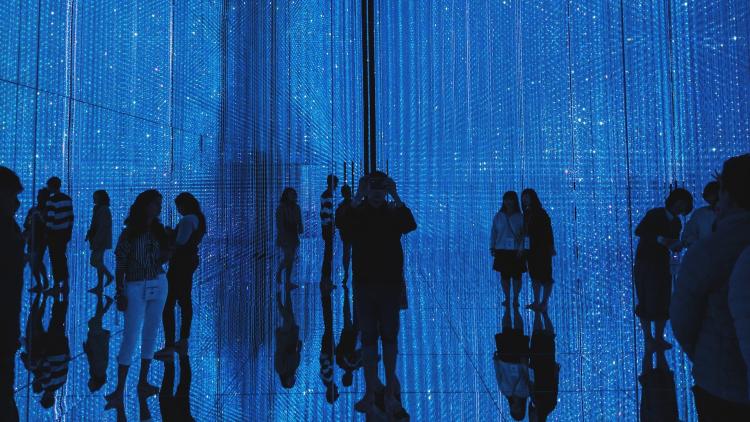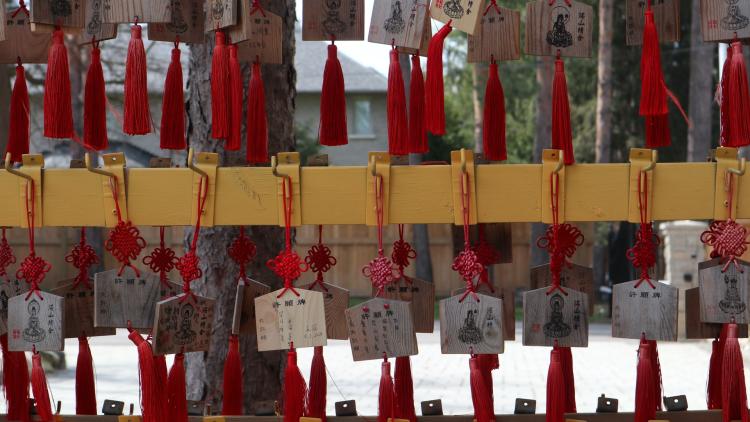Art Theory and Practice in East Asia

Key information
- Start date
- End date
- Year of study
- Final year
- Duration
- Term 1
- Module code
- 15PARH102
- FHEQ Level
- 7
- Credits
- 15
- Department
- School of Arts & Department of History of Art and Archaeology
Module overview
This module critically explores the multi-polarity of the field of East Asian art history today by investigating the historical methodologies, canons, practices and other forces by which it has been shaped.
The module is designed to explore themes centred on East Asian art visual and material culture from premodern to contemporary times. There is emphasis throughout on understanding current events and initiatives in the field of East Asian art history, including the ways art has been studied, collected, displayed, accessed and communicated through exhibitions, conferences and websites.
The module aims to bring together theoretical perspectives and practical examples so as to enable students to engage critically with the material and to pursue their own lines of enquiry. The module is therefore centred on student-led input in discussions.
Objectives and learning outcomes
On successful completion of this module students will be able to
- Identify important texts associated with the formation of the discipline and theories of art historical development, aesthetics, and interpretation of East Asian art.
- Explain and analyse the debates and methodological issues linked to the study of East Asian Art.
- Critically assess methods and theoretical approaches relevant to the study of the arts of East Asia and their diasporas.
The learning outcomes for this module are in line with those of the MA History of Art and Archaeology of East Asia programme as a whole with its emphasis on the analysis of visual and material culture from a range of themes and periods and within an understanding of the social, political, religious and cultural contexts for the production and use of art within the region of East Asia.
Workload
- 3 hours per week
Method of assessment
- 1,000-word critical literature analysis (worth 30% of marks)
- 2,000-2,300-word essay (worth 60%)
- Logbook entries (worth 10%)
Disclaimer
Important notice regarding changes to programmes and modules.



